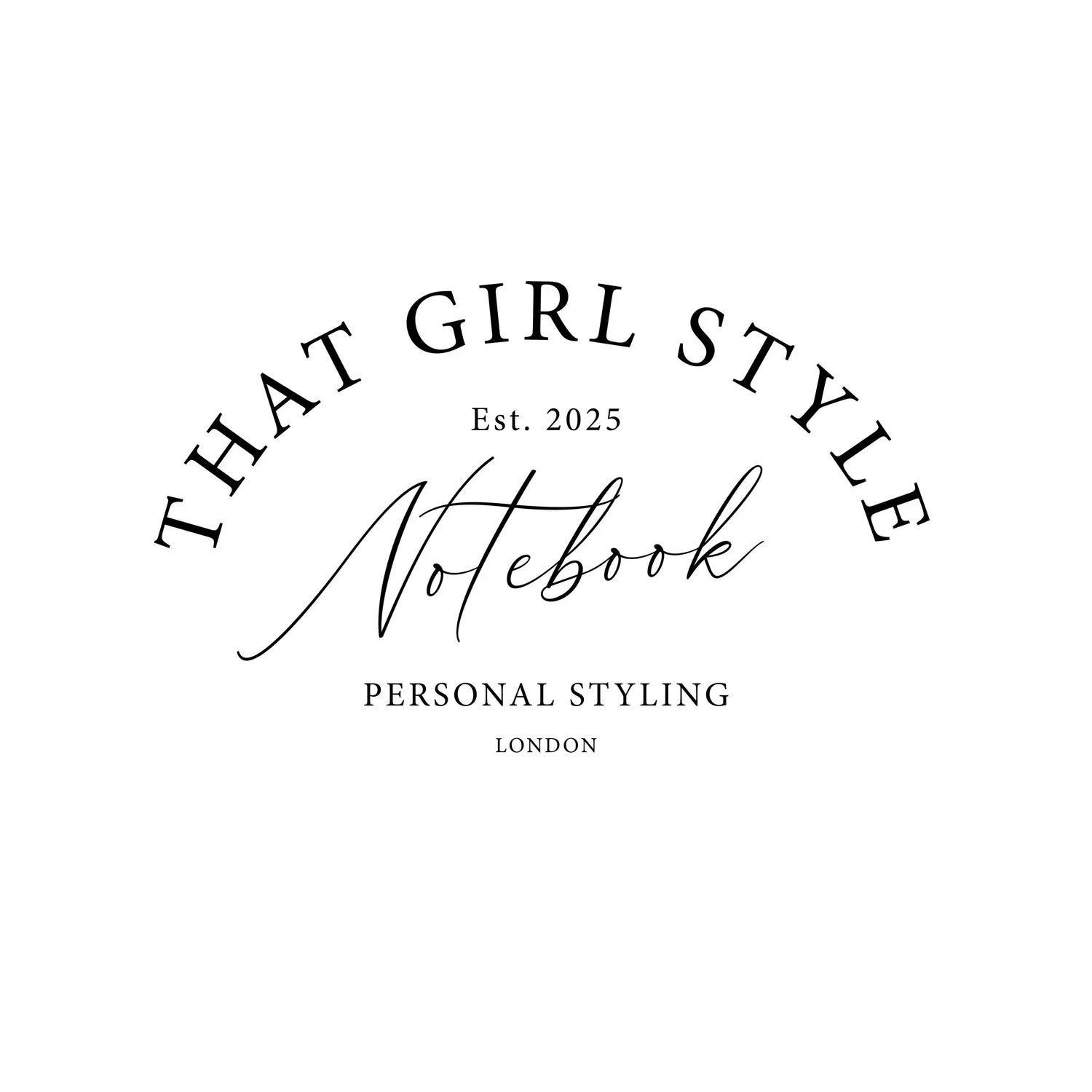A Guide to High-Quality Cashmere
Understanding craftsmanship, provenance and fibre integrity.
Cashmere remains one of fashion’s most enduring luxuries. However, not all cashmere is produced to the same standard. Quality, durability and ethical responsibility can vary significantly depending on the source, spinning, and craftsmanship involved.
As global demand continues to grow, the market has become increasingly saturated with low-grade blends and misleading claims around craftsmanship and sustainability. Now more than ever, understanding how to identify true quality is essential. This guide has been designed to share clear and useful criteria to help you make more informed, long-lasting investments in this exceptional natural fibre.
1. Yarn Quality and Knit Density
The structure of cashmere is shaped by two key elements: the quality of the yarn and the way it is knitted. Look for tightly knitted pieces made from two-ply or more, which offer greater durability and warmth without excessive weight. A dense, uniform knit helps retain shape over time and avoids the thin, transparent appearance seen in lower-grade cashmere. Hold the fabric up to natural light to assess the density of the knit more clearly.
Look for: Two-ply yarns, even knit tension, and fabric that holds its form when gently stretched.
2. Fibre Length, Pilling and Provenance
Cashmere is collected from the undercoat of goats, particularly during the spring moulting season. The softest and longest fibres come from the underbelly of breeds raised in high-altitude regions such as the Gobi Desert and the Himalayas, including the Changthangi goat of Ladakh, the Zalaa Jinst White goat of Mongolia, and the Gobi Desert goat found in Inner Mongolia. These longer fibres are not only softer to the touch but also pill less, wear better, and improve over time with proper care. In contrast, shorter fibres, often found in lower-grade cashmere or blends, tend to break down more quickly and result in early pilling.
Look for: Mentions of fibre length or Grade A cashmere, ideally sourced from the undercoat of goats. If this detail isn’t listed on the label, check the brand’s website for sourcing information. Avoid garments that appear fuzzy or prone to pilling before wear.
3. Ethical and Transparent Sourcing
True quality extends beyond the garment itself. Ethical production ensures animal welfare, land regeneration, and fair compensation for herding communities. Today, several independent standards help ensure responsible practices across the supply chain. The Good Cashmere Standard® and the Sustainable Fibre Alliance certify brands committed to traceable, low-impact production. GOTS and Oeko-Tex labels also indicate chemical safety and environmental care.
Look for: Recognised certifications and brands that openly discuss their sourcing practices, materials, and partnerships.
4. Finishing, Weight and Intuition
Before you buy, take a moment to observe how the garment feels and falls. Quality cashmere will have a smooth, matte finish with hand-linked seams and minimal bulk. It should feel warm without being heavy, soft without being flimsy, and never itchy.
Look for: Clean construction, subtle seams, and a fluid drape that moves naturally. If it feels beautiful the moment you try it on, and not overly delicate, it’s a strong sign you’re holding a well-crafted piece.

